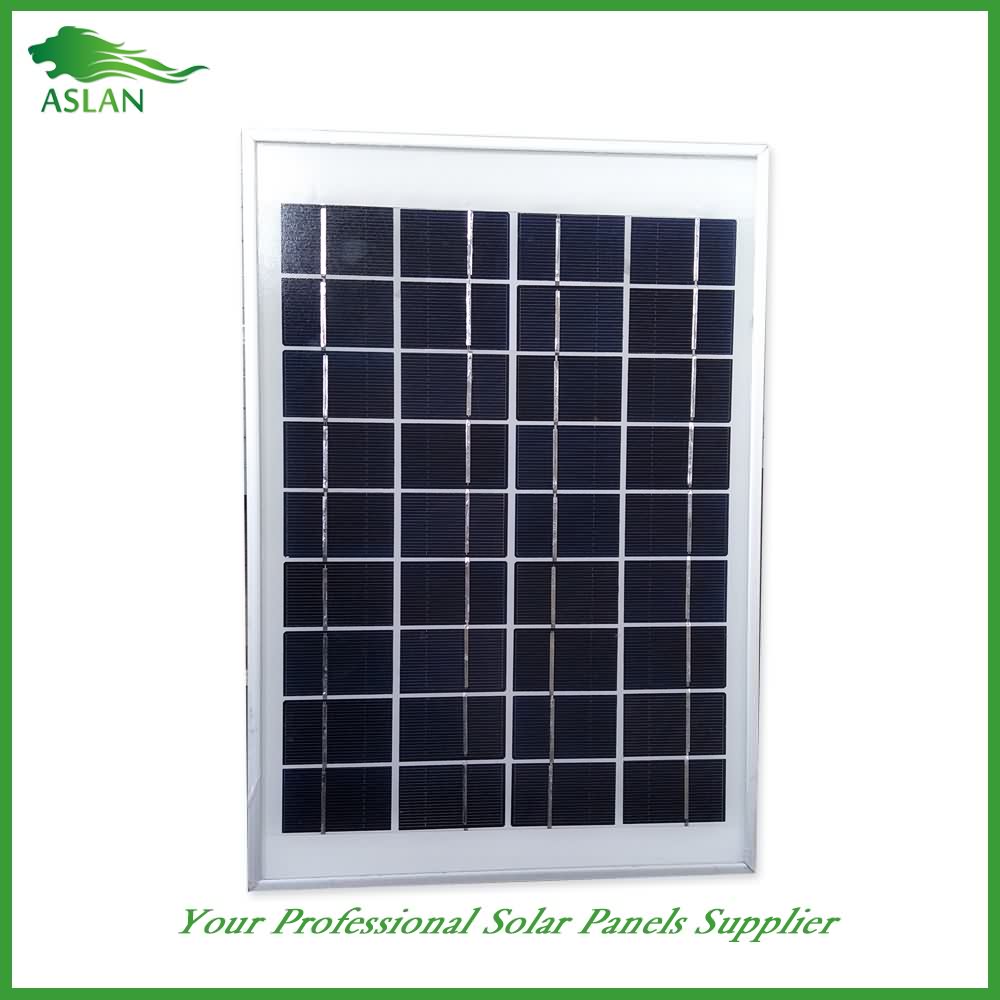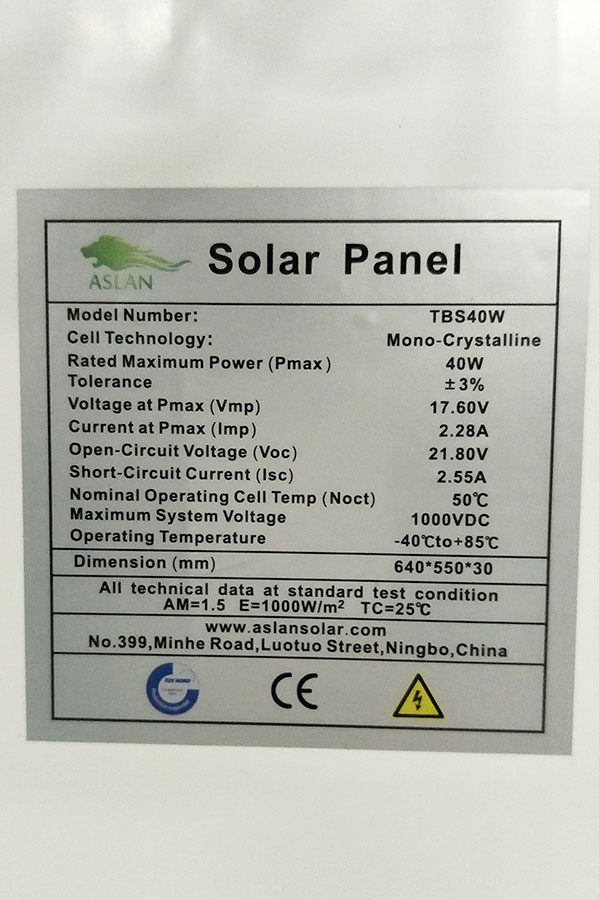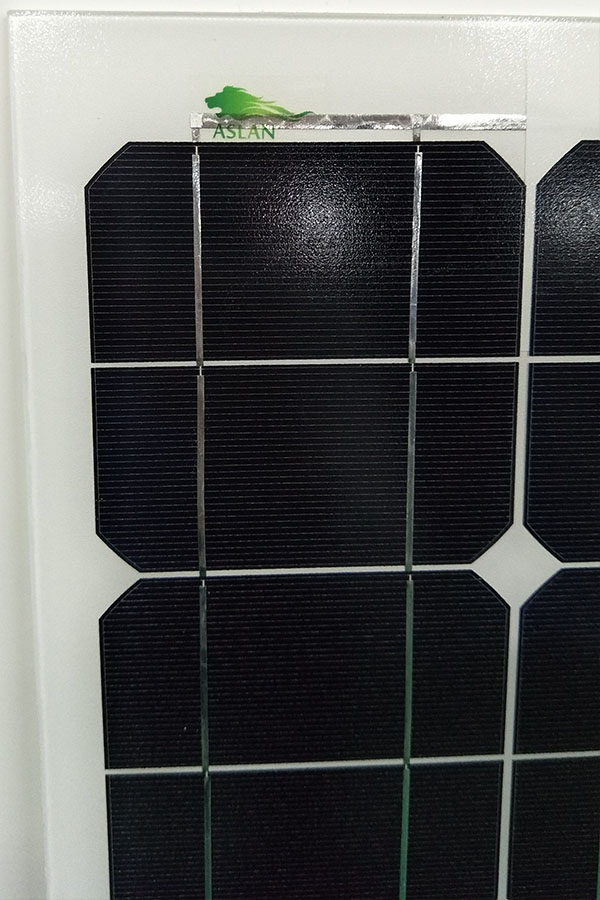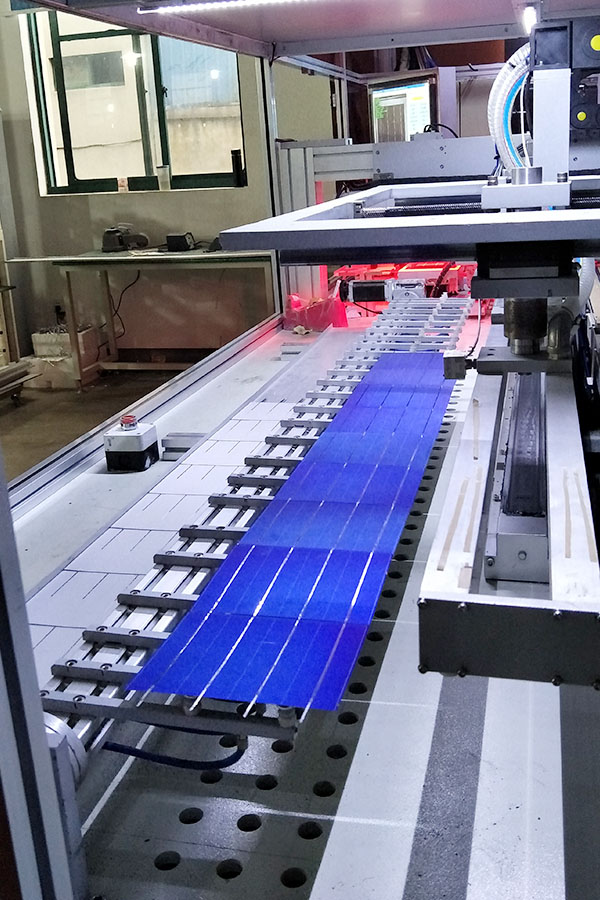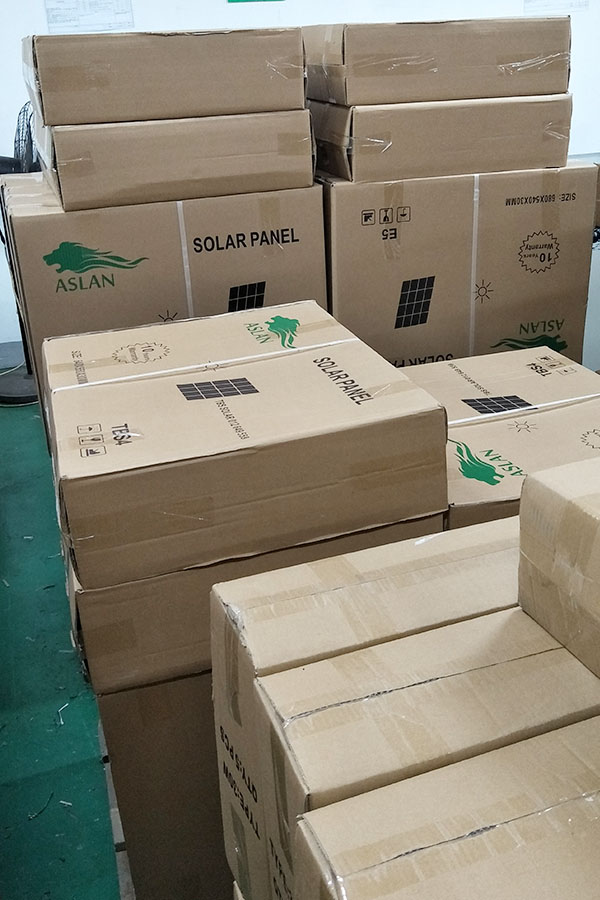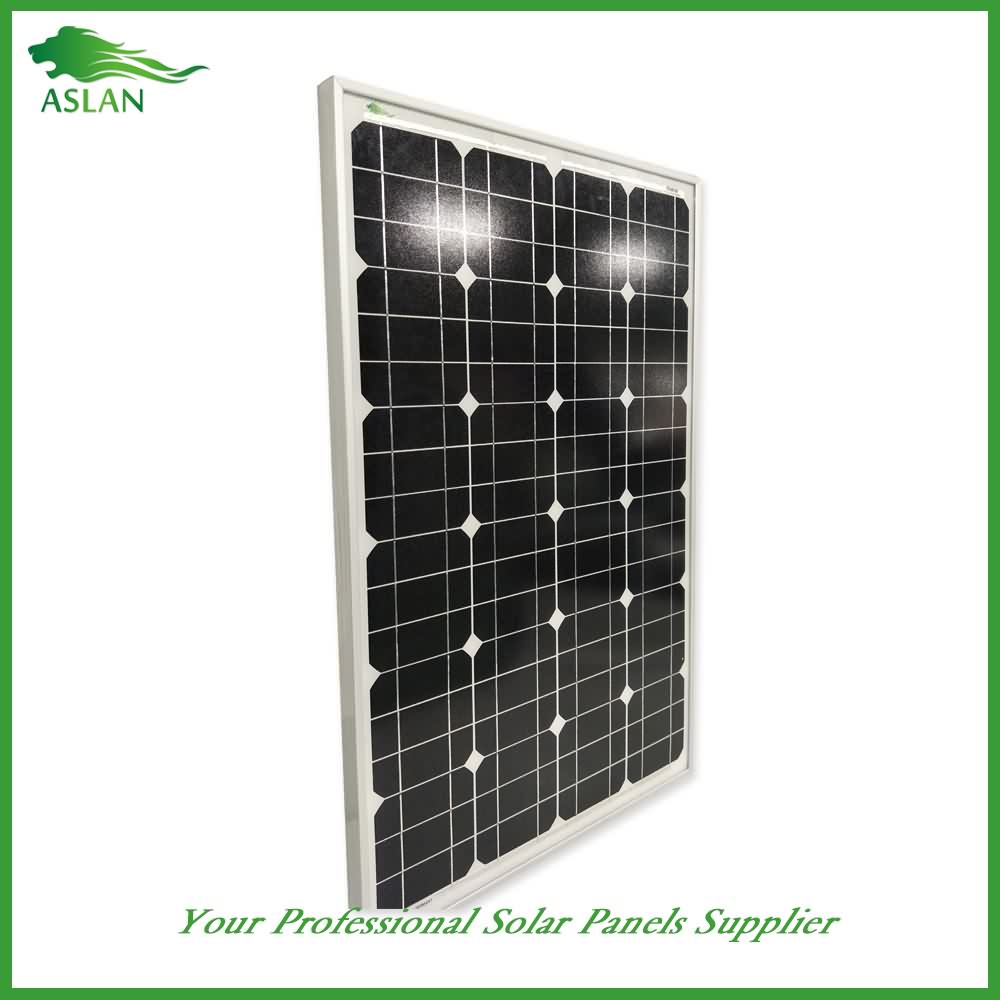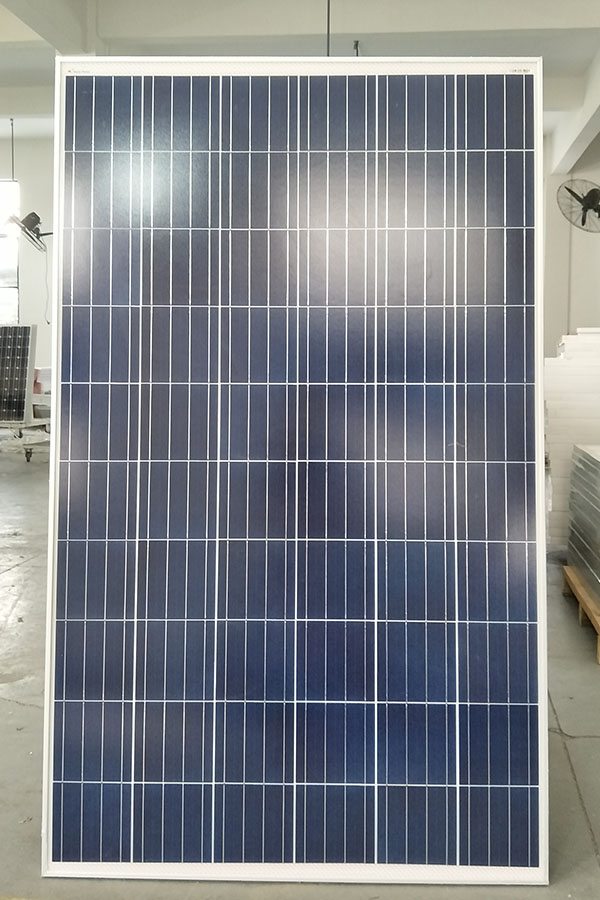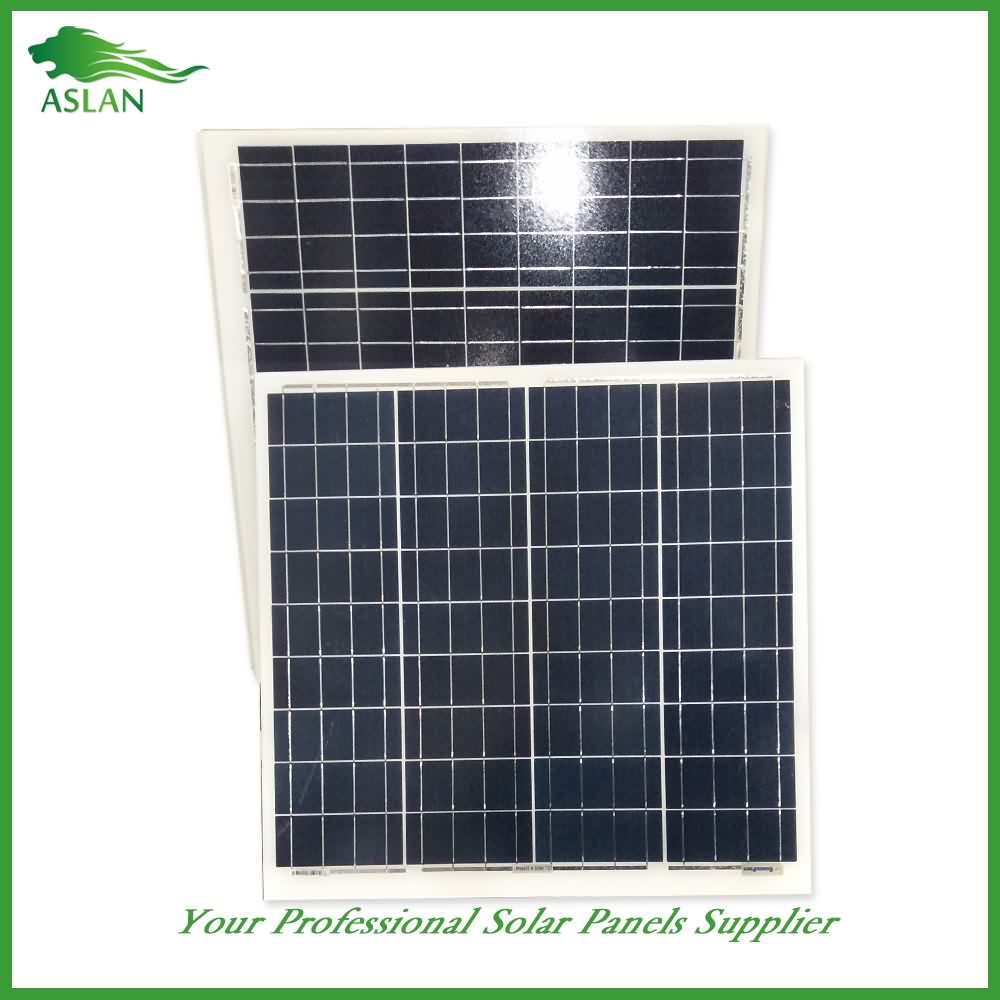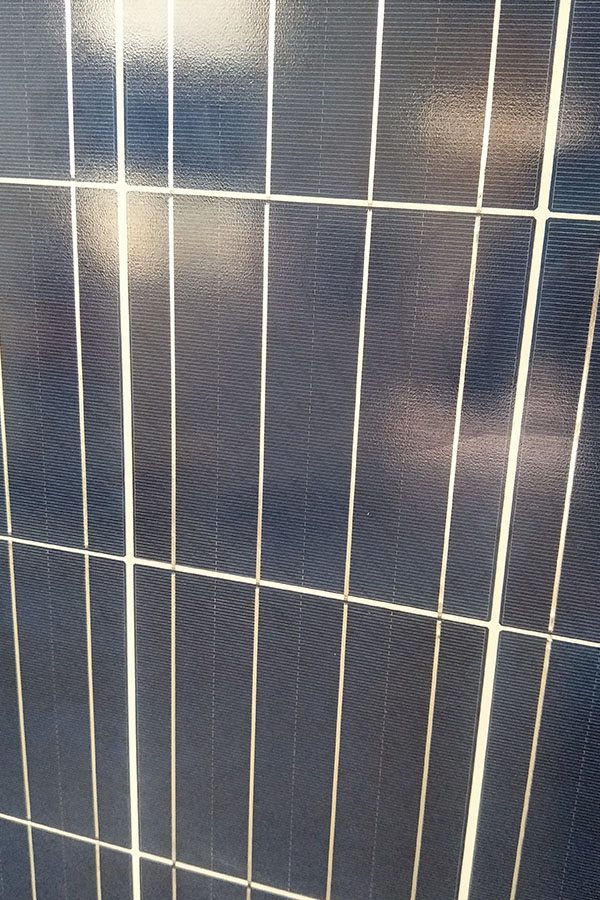12 Years Factory wholesale Poly-crystalline Solar Panel 5W for Guyana Manufacturers
Short Description:
Quality First,and Customer Supreme is our guideline to provide the best service to our customers.Nowadays, we are trying our best to become one of the best exporters in our field to meet customers more need for 12 Years Factory wholesale Poly-crystalline Solar Panel 5W for Guyana Manufacturers, items won certifications with the regional and international primary authorities. For far more detailed information, please contact us!
Poly-crystalline Solar Panel 5W
Technical parameter
Maximum Power(W) 5W
Optimum Power Voltage(Vmp) 9V
Optimum Operating Current(Imp) 0.56A
Open Circuit Voltage(Voc) 10.8V
Short Circuit Current(Isc) 0.62A
Mechanical Characteristics
Cell Type Polycrystalline
No of Cell 18 (3x6pcs)
Dimensions 175x270x18mm
Weight 0.65KGS
Front Glass 3.2mm,High Transmission, Low Iron,Tempered Glass
Temperature and Coefficients
Operating Temperature(°C): -40°C ~ + 85°C
Maximum System Voltage: 600V(UL)/1000V(IEC) DC
Maximum Rated Current Series: 10A
Temperature Coefficients of Pmax: -0.435%
Temperature Coefficients of Voc: -0.35%
Temperature Coefficients of Isc: 0.043%
Nominal Operationg Cell Temperature (NOCT): 47+/-2°C
Materials of solar panel
1).Solar Cell——Polycrystalline solar cell 156*156mm
2).Front Glass——-3.2mm, high transmission, low iron, tempered glass
3).EVA——-excellent anti-aging EVA
4).TPT——-TPT hot seal made of flame resistance
5).Frame——anodized aluminum profile
6).Junction Box——-IP65 rated, high quality, with diode protection
Superiority: high quality anodized aluminum frame, high efficiency long life, easy installation, strong wind resistance, strong hail resistance.
Features
1. High cell efficiency with quality silicon materials for long term output stability
2. Strictly quality control ensure the stability and reliability, totally 23 QC procedures
3. High transmittance low iron tempered glass with enhanced stiffness and impact resistance
4. Both Poly-crystalline and Mono-crystalline
5. Excellent performance in harsh weather
6. Outstanding electrical performance under high temperature and low irradiance
Quality assurance testing
Thermal cycling test
Thermal shock test
Thermal/Freezing and high humidity cycling test
Electrical isolation test
Hail impact test
Mechanical, wind and twist loading test
Salt mist test
Light and water-exposure test
Moist carbon dioxide/sulphur dioxide
Review über ECO-WORTHY 300W 600W 1200W Spannungswandler 24V to 230V Waterproof Wechselrichter Grid Tie Power Inverter for Sonnenkollektor with MPPT Function (1200W)
Hallo, hier
finden Sie von LogiReview2017 bereitgestellte Produkt Reviews in kurzer
Videoform.
Dabei wurden
Bewertungen von echten Menschen verwendet, diese aufbereitet um sie anschließend
zu vertonen.
Diese Tonspur und Produktbilder wurden dann zusammen in diesem kurzen Video
automatisch zusammen getragen.
Dies soll es Ihnen ermöglichen entspannt, von zuhause über aktuelle Produkte zu
informieren. Wir hoffen
Ihnen
gefällt das Video.
Wenn Sie Anregungen oder Fragen haben, kontaktieren sie einfach : customerservicelogirev@gmail.com
created with https://www.VIOMATIC.com
What is CRYSTALLINE SILICON? What does CRYSTALLINE SILICON mean? CRYSTALLINE SILICON meaning – CRYSTALLINE SILICON definition – CRYSTALLINE SILICON explanation.
Source: Wikipedia.org article, adapted under https://creativecommons.org/licenses/by-sa/3.0/ license.
Crystalline silicon (c-Si) is the crystalline forms of silicon, either multicrystalline silicon (multi-Si) consisting of small crystals, or monocrystalline silicon (mono-Si), a continuous crystal. Crystalline silicon is the dominant semiconducting material used in photovoltaic technology for the production of solar cells. These cells are assembled into solar panels as part of a photovoltaic system to generate solar power from sunlight.
In electronics, crystalline silicon is typically the monocrystalline form of silicon, and is used for producing microchips. This silicon contains much lower impurity levels than those required for solar cells. Production of semiconductor grade silicon involves a chemical purification to produce hyperpure polysilicon followed by a recrystallization process to grow monocrystalline silicon. The cylindrical boules are then cut into wafers for further processing.
Solar cells made of crystalline silicon are often called conventional, traditional, or first generation solar cells, as they were developed in the 1950s and remained the most common type up to the present time. Because they are produced from 160–190 µm thick solar wafers—slices from bulks of solar grade silicon—they are sometimes called wafer-based solar cells.
Solar cells made from c-Si are single-junction cells and are generally more efficient than their rival technologies, which are the second-generation thin film solar cells, the most important being CdTe, CIGS, and amorphous silicon (a-Si). Amorphous silicon is an allotropic variant of silicon, and amorphous means “without shape” to describe its non-crystalline form.
